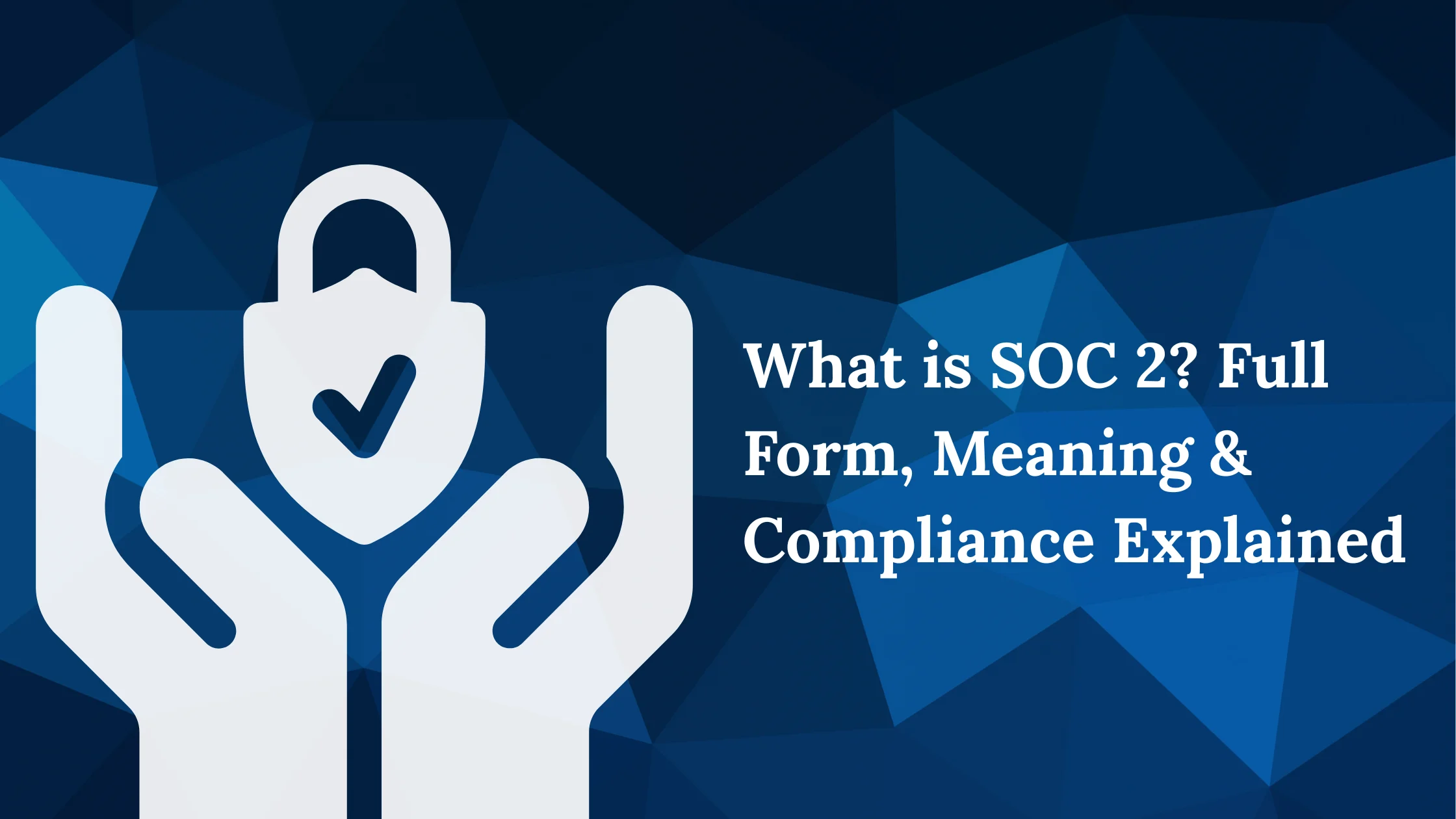
Third-Party Risk Management in the Digital Age
In an interconnected world, organizations increasingly rely on third-party vendors and partners to enhance their operations and deliver value. However, this reliance also introduces significant risks, particularly in the realm of data security and privacy. Effective third-party risk management is essential for safeguarding sensitive information and ensuring compliance with regulatory requirements.
Understanding Third-Party Risk Management
What is Third-Party Risk Management?
Third-party risk management (TPRM) involves identifying, assessing, and mitigating risks associated with third-party relationships. This includes vendors, suppliers, contractors, and service providers who have access to an organization’s sensitive data or systems.
Why is TPRM Important?
1. Data Security: Third parties can be a weak link in an organization’s security chain. A data breach at a vendor can compromise sensitive information and lead to significant financial and reputational damage.
2. Regulatory Compliance: Many regulations require organizations to ensure that their third-party partners adhere to specific security standards. Non-compliance can result in hefty fines and legal repercussions.
3. Operational Continuity: Disruptions caused by third-party failures can impact business operations. Effective TPRM helps organizations anticipate potential issues and develop contingency plans.
Key Components of Third-Party Risk Management
1. Risk Assessment
Conducting a thorough risk assessment is the first step in TPRM. This involves evaluating the potential risks posed by each third party based on factors such as data sensitivity, access levels, and the nature of the services provided.
2. Due Diligence
Organizations should perform due diligence before entering into agreements with third parties. This includes reviewing their security practices, compliance history, and financial stability to ensure they meet organizational standards.
3. Contractual Obligations
Contracts with third parties should include clear data protection obligations, security requirements, and incident response protocols. This ensures that both parties understand their responsibilities regarding data security.
4. Ongoing Monitoring
Continuous monitoring of third-party relationships is essential for identifying emerging risks. Organizations should regularly review vendor performance, conduct audits, and assess compliance with contractual obligations.
5. Incident Response Planning
Developing a robust incident response plan that includes third-party scenarios is crucial for minimizing the impact of potential breaches or disruptions. This plan should outline communication protocols and responsibilities during a crisis.
Best Practices for Effective Third-Party Risk Management
1. Establish a TPRM Framework
Organizations should create a structured framework that outlines processes for assessing, monitoring, and managing third-party risks consistently across all departments.
2. Engage Stakeholders
Involving key stakeholders—such as legal, compliance, IT, and procurement—in the TPRM process ensures that all perspectives are considered when evaluating risks.
3. Leverage Technology
Utilizing technology solutions can streamline the TPRM process by automating risk assessments, monitoring vendor performance, and maintaining documentation.
4. Regular Training and Awareness Programs
Providing training to employees about the importance of third-party risk management fosters a culture of vigilance and accountability within the organization.
5. Review and Update Policies Regularly
As business needs evolve and new threats emerge, organizations must regularly review and update their TPRM policies to ensure they remain effective.
How KavachOne Can Help You
KavachOne offers specialized services designed to enhance your organization's third-party risk management strategies:
- Expert Consultation: Our team provides tailored guidance on developing effective TPRM frameworks that align with your specific industry requirements.
- Comprehensive Risk Assessments: We conduct thorough assessments of your third-party relationships to identify vulnerabilities and recommend actionable mitigation strategies.
- Training Programs: KavachOne offers training sessions focused on best practices for managing third-party risks, ensuring your team is well-equipped to handle potential challenges.
- Ongoing Support: Our continuous support helps your organization adapt to evolving risks while maintaining strong vendor relationships.
More For You

...

SOC 2 Compliance for Service Providers: Ensuring Data Privacy and Security
SOC 2 compliance is a security standard for service providers handling customer ...

Factory Cybersecurity: Protecting Industrial Control Systems in Manufacturing Operations
...
